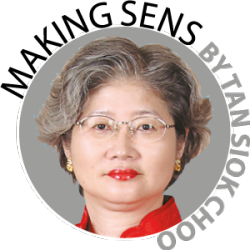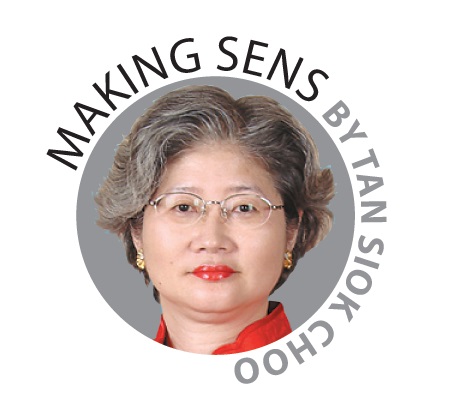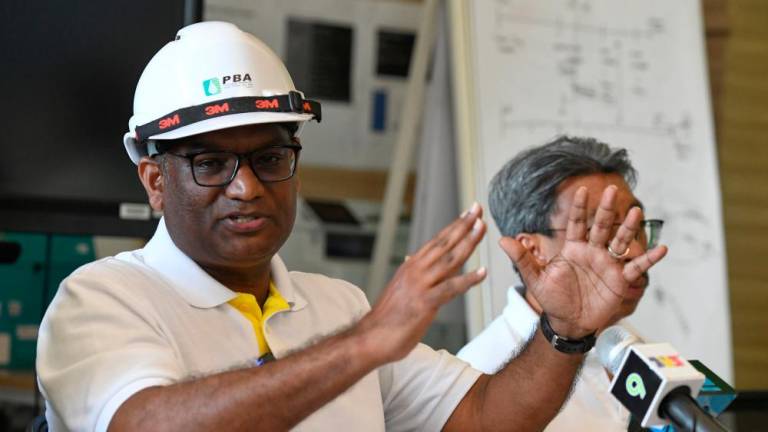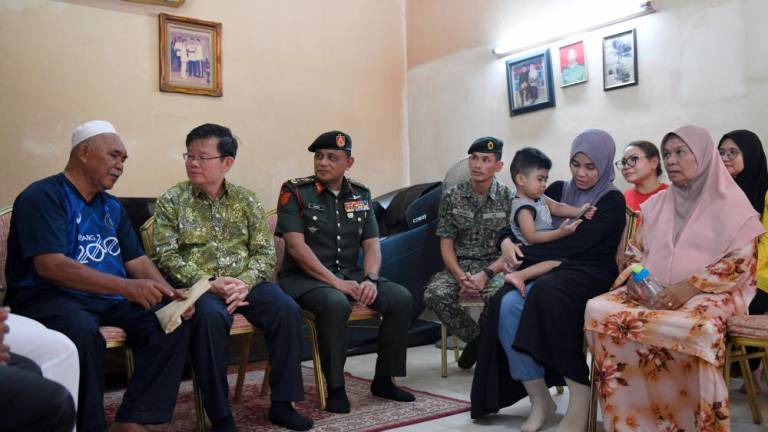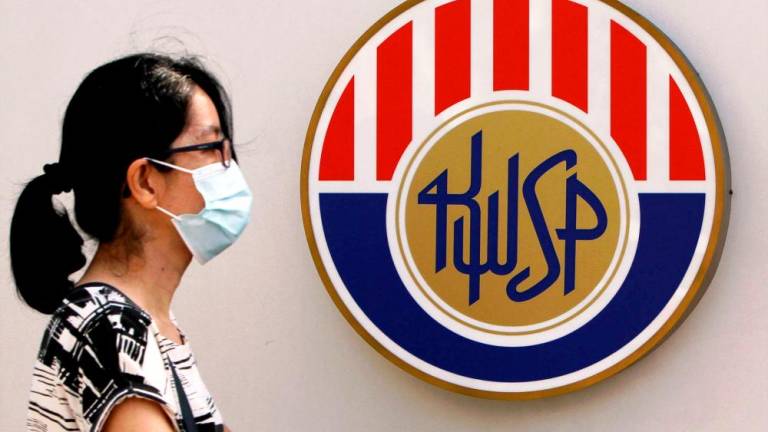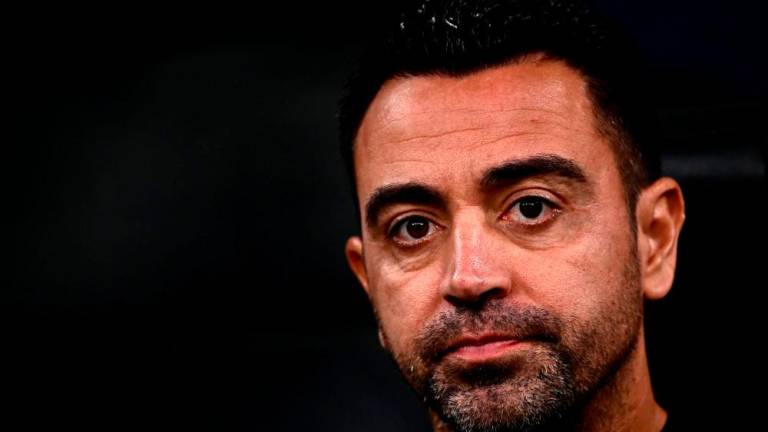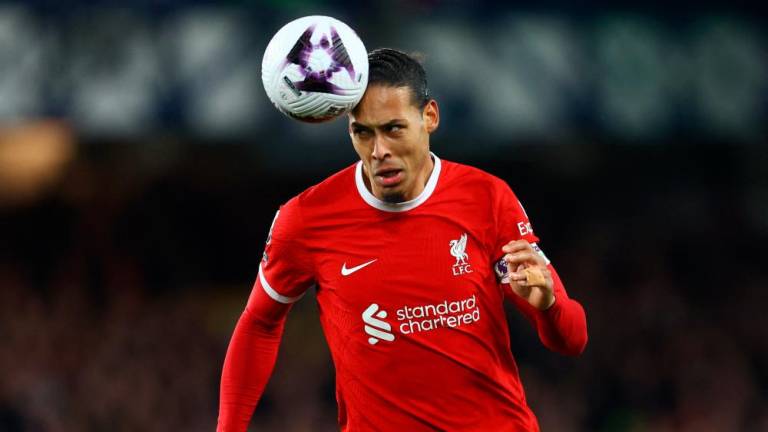A FEW weeks ago, my husband, Walter, and I visited Beijing and Shanghai. Changes – both incremental and monumental – in these two cities reflect China’s spectacular transformation from an Asian backwater in 1990 to a global powerhouse today.
Three developments were memorable – the ubiquity of online payment, the convenience and affordability of high-speed trains and Chinese consumers’ growing interest in modern art and their expanding clout in global auctions.
In 1990, when Walter first visited the Chinese capital (my first foray was in 1979), almost all Beijing denizens didn’t own cars, petrol stations were conspicuously absent, telephones were a rarity and shops stocked only basic necessities.
Today, China is the biggest car market worldwide while Chinese brands like Huawei and Xiaomi are the world’s largest smartphone brands after Samsung.
Five years after we last visited Shanghai, skyscrapers with record-breaking heights and distinctive architectural designs continue to spring up in Pudong. One example is the iconic Shanghai Tower. Completed in 2015, the 128-storey Shanghai Tower is 632m high, the tallest building in China, the second highest in the world but the tallest building with a 90-degree twist.
Personally impactful was the prevalence of online payment systems like AliPay and WeChat Pay in China, the largest mobile payment market worldwide. In 2013, Alipay overtook PayPal as the global leader while Tencent’s WeChat Pay is fast closing the gap with Alipay’s 54% share of China’s US$5.5 trillion mobile payment market in 2016.
In Beijing, because our regular taxi driver wasn’t available, we found hailing cabs was extremely difficult, particularly during the rush hour.
Friends advised the easier way was using applications like Didi Chuxing, the biggest ride-hailing outfit in China. Thanks to losses in the Middle Kingdom, San Francisco-based Uber sold its China operations to Didi.
For Mandarin-illiterates like us, using Didi was a problem – the address has to be written in Chinese characters. On one occasion, a friend called a taxi for us. To our chagrin, we discovered she had paid upfront for our taxi.
On another occasion, the hotel concierge called Didi for us. Stepping into vehicle, the first question the taxi driver asked was how Walter planned to pay him.
“Cash,“ a bewildered Walter replied.
“I hope you have small change because I don’t have small change,“ he explained. His reply underscored the prevalence of online payments among his passengers and its advantages for taxi drivers – receiving payment in advance and eliminating the risk of theft because there is no need to carry cash.
Remembering the long delay that bedevilled our two-hour flight from Shanghai to Beijing previously, we decided to take the high-speed train from Beijing to Shanghai.
Travelling at a top speed of 350kph with 10-minute stops in Jinan in Shandong province, and Nanjing, the 1,318km journey took four and a half hours, was punctual, smooth, remarkably litter-free – despite potential carriage of about 1,000 passengers – and extremely affordable. Fares for the ride ranged from 1,748 to 553 renminbi.
Equally welcome were the toilets – super-clean and functioning with toilet paper, soap and paper towels continually available.
Another revelation in Shanghai were two modern art exhibitions held in architecturally distinctive buildings – the Shanghai Biennale at the Power Station of Art and Art 021 at the Russian-inspired Shanghai Exhibition Centre.
I was impressed by the vast number of Shanghainese thronging Art 021 on a Saturday evening while the Biennale, one of China’s most established exhibitions of modern art, on a Sunday afternoon was astonishingly crowded.
“Why are so many people visiting these exhibitions?” I asked Singaporean banker Hwee Tin, who is now based in Shanghai.
“Modern art is affordable,“ she said.
Private museums in Shanghai are another recent phenomenon. We visited the Long Museum on the West Bund – one of three museums set up by taxi driver turned billionaire Liu Yiqian and his wife Wang Wei.
Liu has consistently hogged headlines with his purchases – a “chicken cup” in April 2014 for US$36.3 million, an embroidered silk Tibetan thangka in November 2014 for US$45 million and the record-breaking US$170 million Modigliani painting in November 2015.
Particularly stunning was the Aurora Museum’s exhibits of Buddhist sculptures, ancient jade, pottery figures and blue-and-white porcelain from the collection of Taiwanese-based Aurora Group chairman Yung Tai Chen. His decision to build a second museum in Shanghai after the first in Taiwan suggests business in the mainland has been financially rewarding.
A coda to our Shanghai visit was meeting an Indonesian friend Raya. I was awed by her decision to come to Shanghai to study architecture, inspired by the city’s rapidly evolving architecture and interior design even though she couldn’t speak Mandarin and didn’t know anyone except one friend of her father. Would a non-Mandarin speaking Malaysian girl show a similar mix of courage and foresight?
Opinions expressed in this article are the personal views of the writer and should not be attributed to any organisation she is connected with. She can be contacted at siokchoo@thesundaily.com



